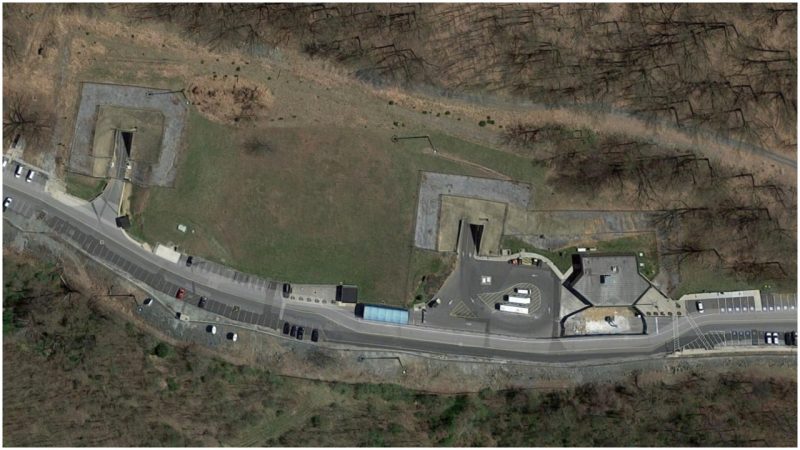The first step in the project involved the federal government seizing 280 acres of land. The initial phase of construction cost around $35 million ($350 million today, adjusted for inflation).
Americans have been concerned about surviving a nuclear war since the first atomic bombs were dropped on Japan. This fear worsened during the Cold War, and various bomb shelters were set up in cities. Some citizens even bought their own private fallout shelters. However, the most extensive survival measures in the United States were undertaken by the government itself.
The Raven Rock Mountain Complex (RRMC), sometimes referred to as Site R, was built in the early 1950s as a last resort to save the United States government in the event of a large scale nuclear, chemical, or other devastating attack. Although its location, near Blue Ridge Summit in Pennsylvania, is public, little is known about the interior of the facility.
What are the capabilities of this mysterious facility, and how likely is it that it could still be used today?
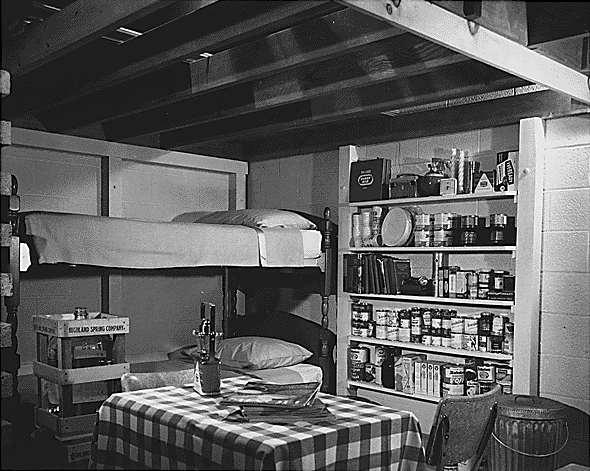
Purpose and Construction
The Raven Rock complex is sometimes nicknamed the “Underground Pentagon.” This name succinctly summarizes the facility’s purpose: if the Pentagon in Arlington, Virginia, were ever destroyed, the Department of Defense would attempt to regroup at the RRMC. In essence, Battle Staff and high-ranking officials in the U.S. government would head to Raven Rock as soon as an attack was confirmed.
As for the “underground” part, the RRMC was created between 1951 and 1953 by blasting into the side of a greenstone mountain. The mountain, in addition to a fortified bunker, would provide protection from nuclear blasts.
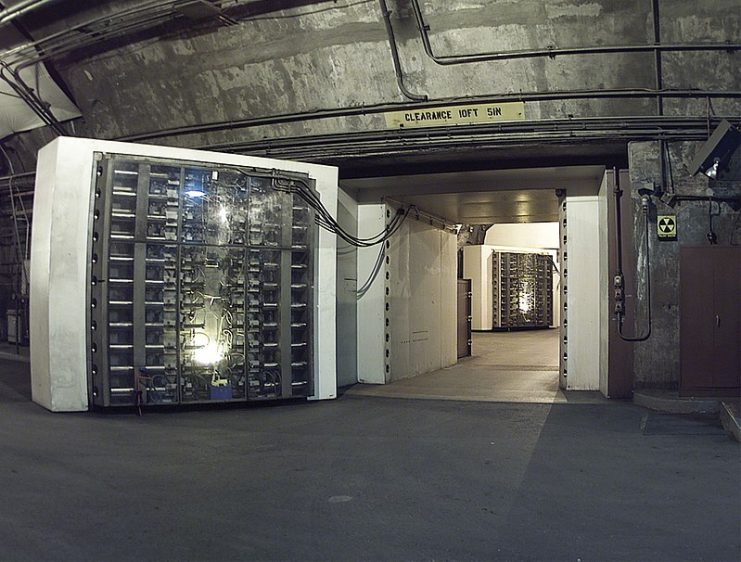
The first step in the project involved the federal government seizing 280 acres of land. The initial phase of construction cost around $35 million ($350 million today, adjusted for inflation).
Although there were only three underground buildings by 1953, the base continued expanding for decades after. In 1955 the Office of the Secretary of Defense felt confident enough in the facility to approve automatic activation of Raven Rock’s Alternate Joint Communication Center upon notice of a nuclear attack.
https://www.youtube.com/watch?v=mxJsFZY8bOI
In 1956 a joint War Room Annex was created to be run by the Air Force, and further improvements to communications technology continued through the 1970s. One of the key upgrades made in 1963 was strengthening the bunker to withstand up to 140 psi in the event of a nuclear blast. A local paper reported in 1990 that funds had been allocated to improve the facility’s air conditioning system.
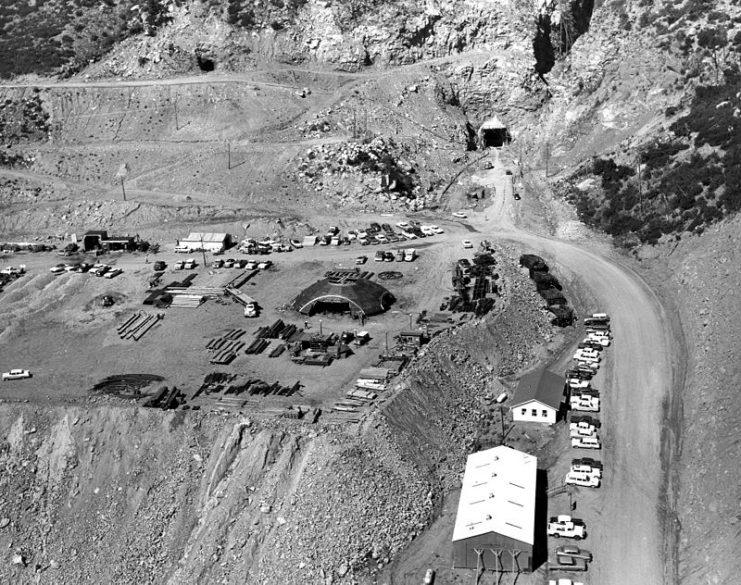
Modern Facility and Use
As the Cold War began to wind down, so did Raven Rock. Although it never fully stopped operating, its funding was severely reduced. However, in the 21st century the facility was suddenly called back into action.
On September 11th, 2001, Raven Rock saw its first official use for its intended purpose. When the Pentagon was hit by a plane, high ranking officials from the Department of Defense had to be evacuated, including Deputy Secretary of Defense Paul Wolfowitz and Secretary of the Army Thomas White.
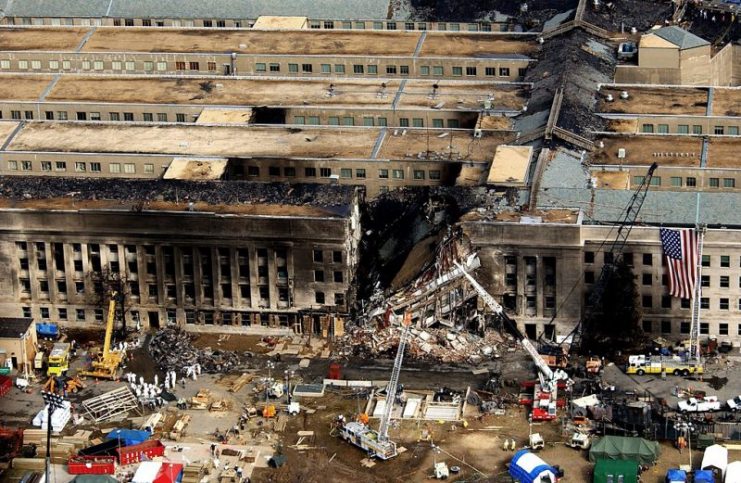
Some sources claim that the Secret Service realized on 9/11 that high-ranking United States officials, including the President and Vice President, could be in danger. They decided that the best course of action was to make sure that these high-ranking officials were not all in the same place, and so Vice President Dick Cheney was taken to Raven Rock for his safety.
However, other sources say this is not the case, and instead only high-ranking officials from the Department of Defense went to Raven Rock, while Cheney was taken to another undisclosed location.
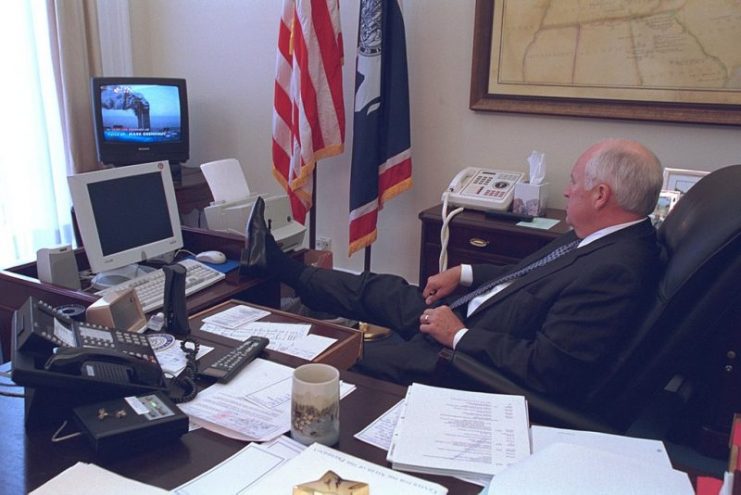
Raven Rock was figuratively taken out of mothballs after the attack, and is now fully modernized and maintained. In 2018 it had an annual budget of $45 million dollars.
It is known that the facility contains multiple power plants, multiple water reservoirs, an uninterrupted power supply, independent water sources, a helipad, and a fire department, in addition to the aforementioned rooms. It is essentially a small city. Once its blast doors close, over 3,000 U.S. government officials could survive there for weeks, if not months.
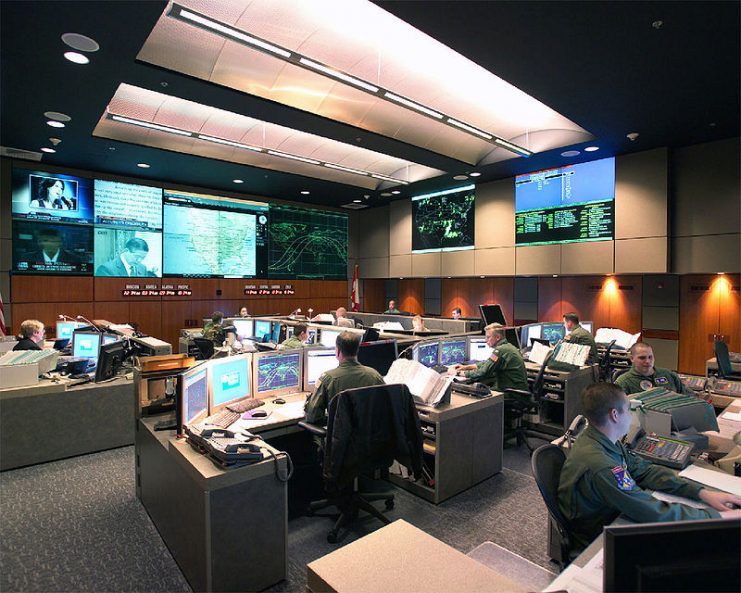
Criticisms
In 2017 Garrett Graff, a journalist and author of Raven Rock: The Story of the U.S. Government’s Secret Plan to Save Itself – While the Rest of Us Die, remarked that “Raven Rock is the place where nuclear war in the United States would begin.”
Indeed a lot of the criticisms and conspiracies around the Raven Rock facility are really fundamentally about the plans to continue the United States government after a hypothetical Armageddon. Obviously there is only room for a select group of people in the bunker, so if it was ever really needed the vast majority of U.S. citizens would be left on their own.
https://youtu.be/X2jMPXyqrgc
In addition, there is a question about what the real purpose of military leadership would be if the entire country was destroyed. Presumably a retaliatory nuclear strike would be launched from Raven Rock.
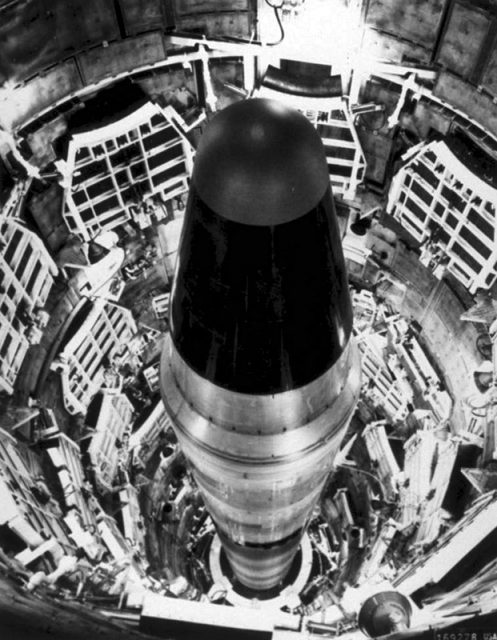
However, as Graff points out, it is also the location from which the government would launch a nuclear strike if the U.S. struck first. In this hypothetical scenario, the United States government would essentially put the entire population at risk while protecting themselves.
Those who defend Raven Rock point out that, in the event of such a disaster, somebody would have to try to reconstruct the United States. Government agencies would be necessary to organize people, try to identify who survived, and provide emergency services. Hence, it makes sense to prioritize protecting the Department of Defense, FEMA, the President, and other key individuals.
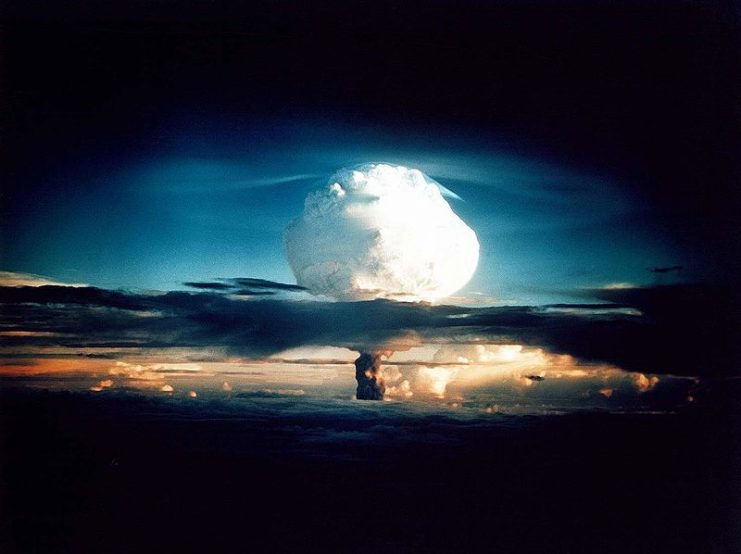
Could it be Used (and Needed) Today?
Unsurprisingly, Raven Rock has attracted speculation and conspiracy theories over the years. The RRMC’s close proximity to Camp David, where United States presidents often vacation, has led many people to speculate that there may be some underground tunnel connecting the two, although this is unproven.
Some people also believe that there is a tunnel connecting the facility all the way to the Pentagon in Virginia. Regardless, the proximity would clearly be useful if the President needed to be evacuated to the facility.
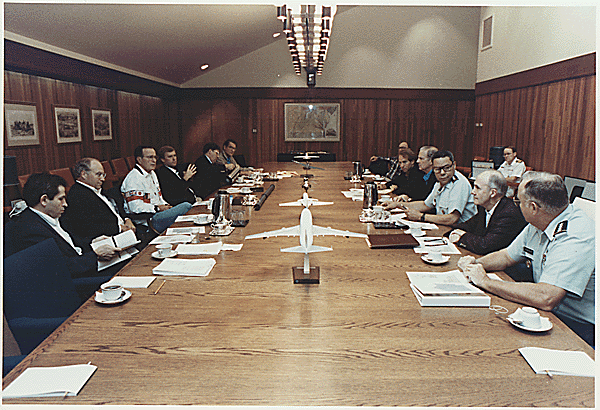
George H. W. Bush meets with his National Security advisors in the Laurel Lodge conference room on August 4, 1990.
Read another story from us: The United States Actually Planned on Dropping 12 Atomic Bombs on Japan
However, Raven Rock is not the only facility that serves this purpose. The United States Continuity of Operations Plan (sometimes called the Continuity of Government Plan) includes several other locations. For example, Mount Weather in northeastern Virginia would serve as a base of operations for the Federal Emergency Management Agency.
Although some people might argue they are relics of the Cold War, all of these facilities are still operational and could serve their original purpose if required.
